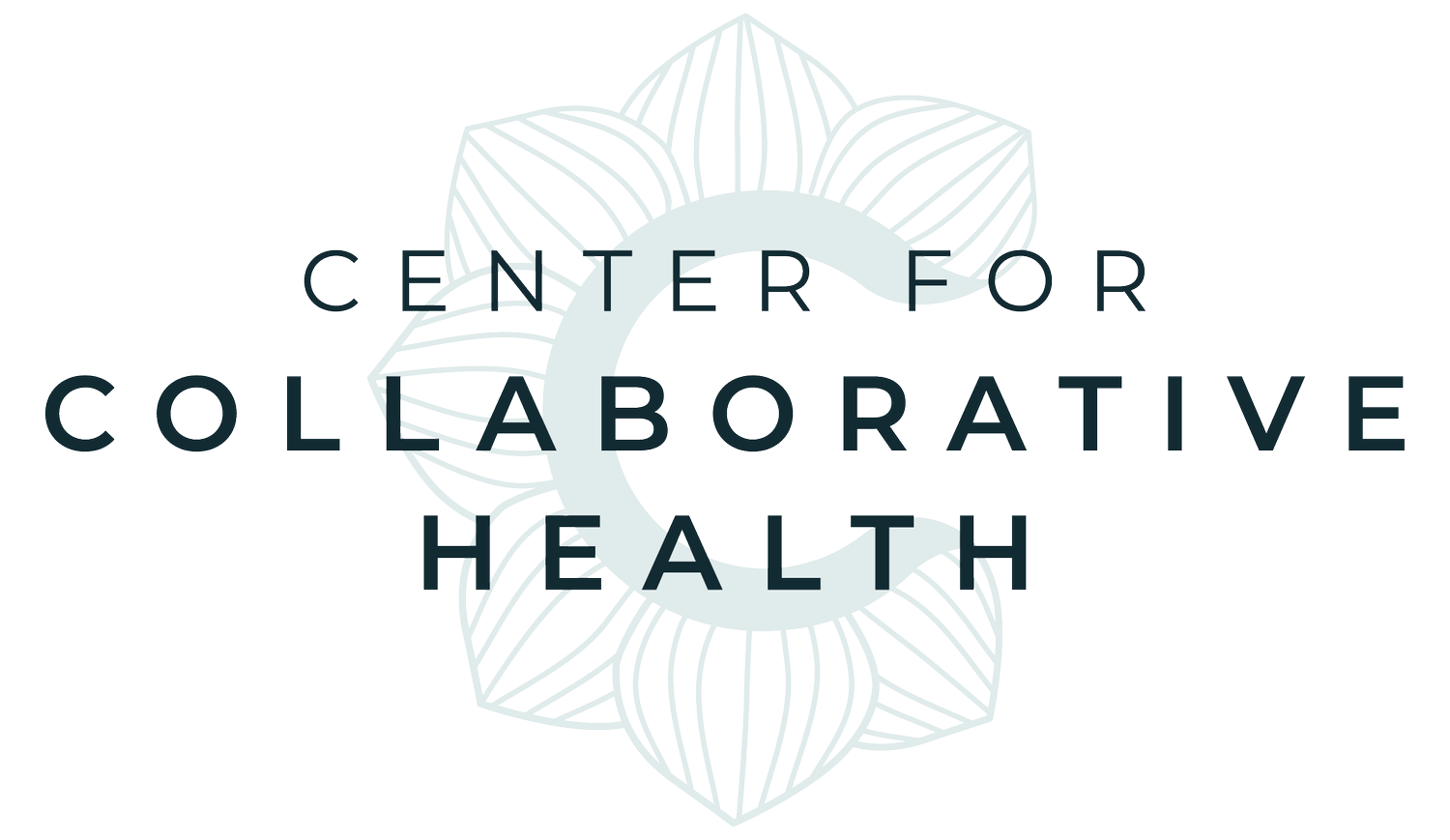Physical Therapy and the Changing Body: How PT Can Help During Perimenopause and Menopause
By: Sarah Johnson, DPT, PT
For many women, perimenopause and menopause bring about changes that are unexpected and often frustrating. Beyond the hot flashes, sleep disturbances, and mood shifts, many women also notice something else; their bodies feel different. Aches appear where there were none before. Recovery from activity takes longer. Everyday movements that once felt easy can become stiff or painful.
If this sounds familiar, you’re not alone and you're not imagining it. The good news? You don't have to simply accept these changes as "part of getting older." Physical therapy can play a critical role in helping women navigate this time with strength, resilience, and confidence.
Why Does Everything Hurt More During Perimenopause and Menopause?
Hormonal changes, particularly the decline of estrogen, are at the root of many of the physical symptoms women experience during perimenopause and menopause. Estrogen isn’t just important for reproductive health, it also helps regulate inflammation, maintain joint health, and support muscle and connective tissue integrity.
Common Effects of Declining Estrogen Include:
• Increased joint stiffness and pain, especially in the hips, knees, shoulder, and spine
• Generalized muscle soreness and slower recovery
• Decreased bone density (leading to conditions like osteopenia and osteoporosis)
• New or worsening pelvic floor issues, like urinary leakage or pelvic heaviness
• Changes in posture, flexibility, and balance
These physical shifts can feel alarming at first but understanding what’s happening in your body is the first step toward reclaiming your health.
Common Physical Therapy Diagnoses in Menopause and Perimenopause
As a physical therapist, I see many women who develop specific issues during this phase, including:
• Tendinopathies such as rotator cuff, hip/gluteal, or Achilles tendon pain
• Osteopenia and osteoporosis leading to fractures
• Frozen shoulder (adhesive capsulitis) particularly common during hormonal transitions
• Pelvic floor dysfunction manifesting as core weakness, leakage, or pelvic discomfort
• Postural changes contributing to neck, back, and shoulder pain
• Plantar fasciitis and other foot/ankle conditions related to tissue changes
The good news? With a proactive and individualized approach, physical therapy can make a profound difference.
A Positive Shift: More Women Seeking Help—And Finding Relief
In my own practice, I’m seeing a noticeable trend: more and more women in their 40s, 50s, and beyond are coming in with unexplained aches and pains. Often, they don’t realize that these issues are connected to the hormonal changes of perimenopause and menopause.
What’s even more striking is how often old, lingering injuries, ones that may have been manageable for years, suddenly flare up or worsen during this time. Hormonal shifts can magnify pre-existing imbalances, making chronic issues feel new and overwhelming again.
Recognizing the link between hormonal changes and musculoskeletal health is a critical step toward finding lasting solutions. You’re not "falling apart,” your body is simply adapting, and with the right support, you can move through this season feeling strong and empowered.
How Physical Therapy Can Support You During This Transition
1. Strength Training to Combat Muscle and Bone Loss
Resistance exercise is one of the best tools to preserve (and even build) muscle and bone density. Physical Therapy can create a safe, progressive program tailored to your needs and goals.
2. Restoring Mobility and Reducing Pain
Through manual therapy, stretching, and targeted exercise, physical therapy can address joint stiffness and muscle tightness to help you move more freely and comfortably.
3. Pelvic Floor Rehabilitation
Pelvic floor issues are extremely common, but not normal. Whether it's leakage, prolapse symptoms, or core weakness, specific pelvic floor therapy can dramatically improve quality of life.
4. Posture and Ergonomic Coaching
Retrain posture, strengthen supportive muscles, and adjust daily habits to reduce strain on your body.
5. Fall Prevention and Balance Training
Maintaining balance and coordination is crucial, especially with changes in bone density. Focused exercises can significantly reduce fall risk and help you stay independent.
6. Empowerment Through Education
Perhaps most importantly, physical therapy empowers women to understand their bodies, modify activities as needed, and stay active without fear.
You’re Not Alone And You Don’t Have to Settle
Perimenopause and menopause are inevitable, but suffering through pain, weakness, and stiffness doesn’t have to be. Your body is strong, adaptive, and capable of thriving- sometimes it just needs a little guidance to adjust to its new normal.
As a physical therapist, I consider it a privilege to walk alongside women during this season of change. Together, we can restore strength, movement, and confidence- so you can keep living life fully, without being limited by your body.
If you're experiencing new aches, pains, or concerns during perimenopause or menopause, don't wait. Physical therapy could be the proactive step that makes all the difference.
🌿 Explore our physical therapy offerings and take the first step toward healing: Our Offerings
✨ Let’s stay connected! Follow us for daily tips, uplifting content, and updates on how we can help you thrive.

